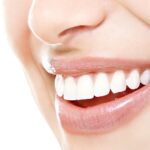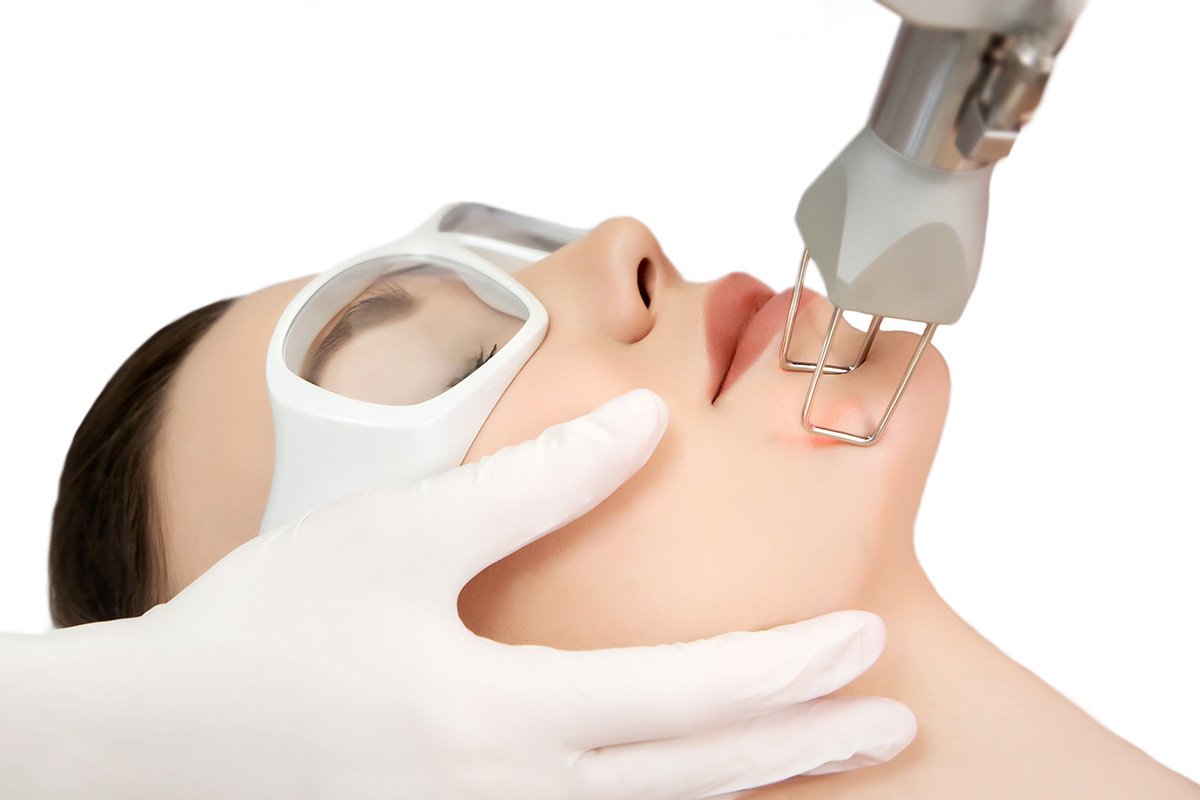As you age, your body produces less collagen and elastin, and as such, you suffer skin laxity. Aging effects are often undesirable since they alter your facial appearance. Other times, other issues such as sunspots and acne scarring may affect your self-confidence. If you have such problems, you will be glad to know that fractional laser skin resurfacing in New York can help achieve your desired results with little to no downtime. Below is what you need to know about this treatment method, including how it works.
What is fractional laser resurfacing?
A non-invasive cosmetic treatment uses a fractional laser devise to deliver multiple, tiny laser light beams to a targeted skin area. Its action method is similar to ablative and non-ablative laser treatment since it works at both the outermost and inner skin layers. It is a better option because it offers longer-lasting results and requires a short recovery period. The laser light causes tissue coagulation which stimulates the growth of new tissue. Although it’s commonly used on facial skin, it can also be used on other areas, including the chest, neck, arms, and hands.
What skin imperfections does it address?
Fractional laser treatment can benefit patients with fine lines, wrinkles, scarring, skin pigmentation, and sun damage. You may also benefit from this treatment if you have melasma, but you risk having post-inflammatory pigmentation. The treatment does not exclude certain skin types, but subsequent treatment sessions are necessary depending on the body area being addressed, your age, and the condition.
Are there possible complications after treatment?
If your specialist uses an ablative fractional laser device, you may develop complications such as:
- Swelling. The treatment areas may swell, and the swelling may take a week to subside. Cold compresses may also help reduce the swelling.
- You may experience some peeling or crusting of skin on the treated area.
- Infections. The most common infection is a flare-up of the herpes simplex virus, responsible for cold sores. You can also develop fungal infections like candidiasis.
- Skin color changes. The treated skin may become darker than usual – hyperpigmentation or lighter than usual- hypopigmentation.
- Scarring. It can be temporary or, worse still, permanent.
What are post-treatment and recovery like?
- Previous patients have reported a burning sensation immediately after treatment that lasts for approximately an hour.
- Expect some swelling and your skin a pink tone on your skin for up to 5 days.
- Within the next two weeks, new skin grows, and as such, your skin gets dry because of flaking. A moisturizing cream can help reduce the ashy look.
As you recover, you need to limit the amount of time you expose your skin to the sun. Consider wide-brimmed hats and always use sunscreen to protect your skin during your recovery period.
Do not let skin imperfections ruin your self-image and give you sleepless nights. Consult with your specialist at Lumos Dermatology® to determine whether you can benefit from fractional laser skin resurfacing.











